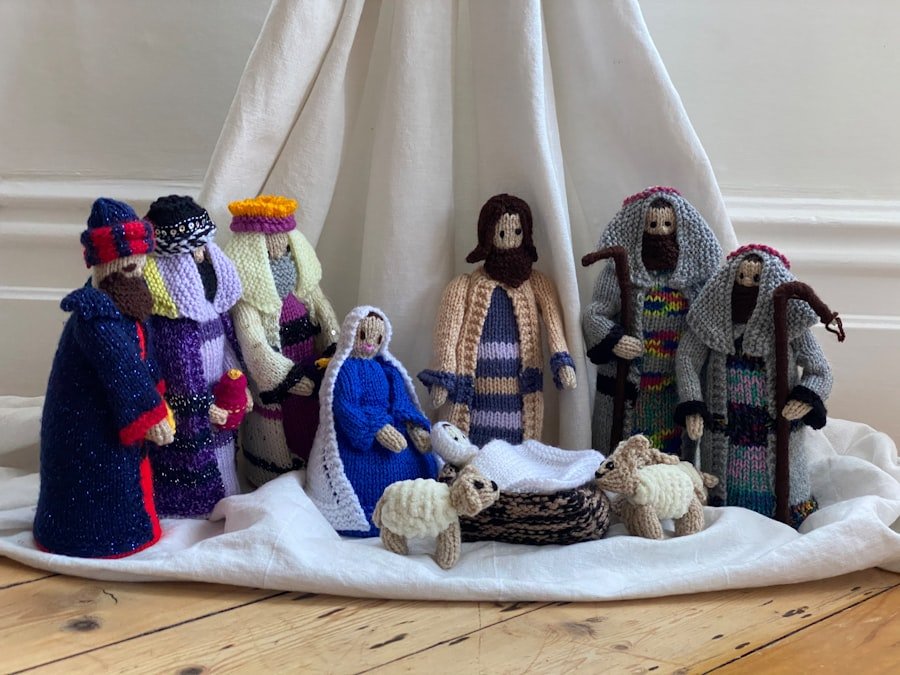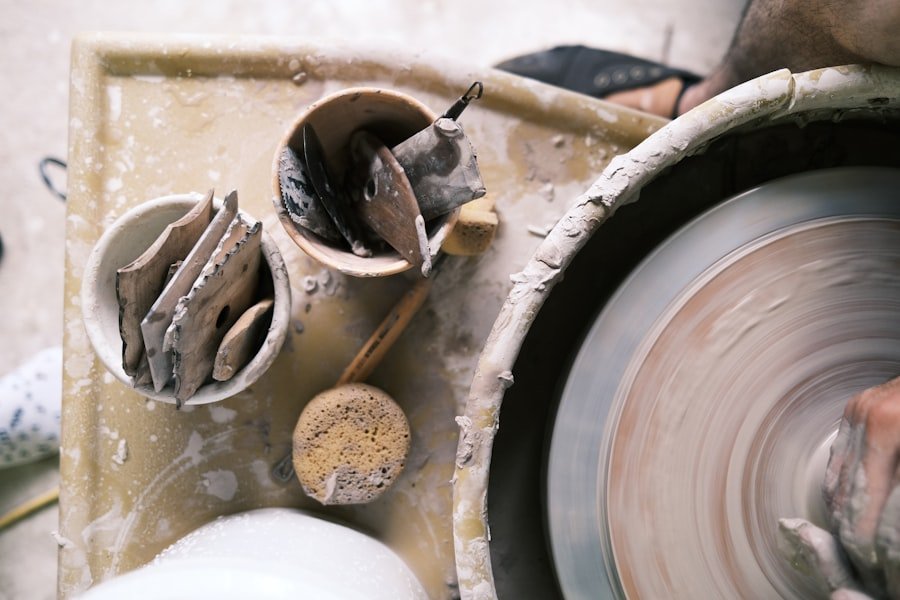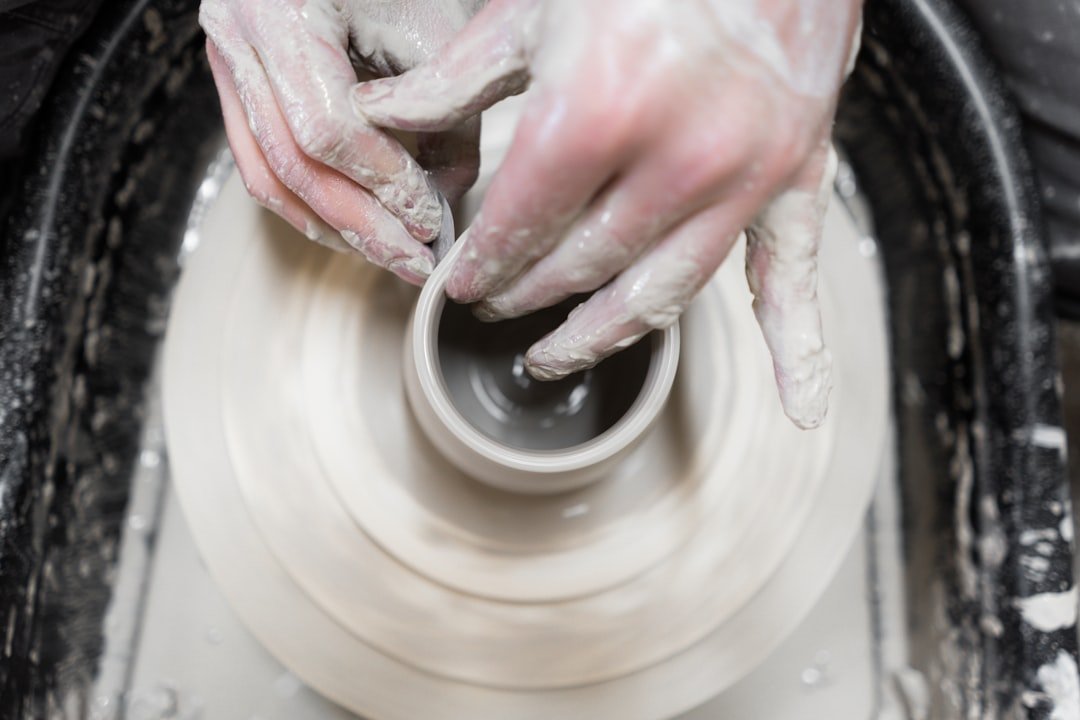This post may contain affiliate links. When you purchase through links on our site, we may earn an affiliate commission.
In an age dominated by digital communication, the charm of handwritten notes and personalized stationery remains timeless. DIY notecards and stationery offer a unique way to express creativity while adding a personal touch to correspondence. Whether it’s a heartfelt thank-you note, a cheerful birthday card, or a simple reminder, crafting your own notecards allows for a level of customization that store-bought options often lack.
The tactile experience of paper, the choice of colors, and the ability to incorporate personal designs make DIY stationery not just functional but also a form of art. Creating your own notecards and stationery can be a fulfilling endeavor that transcends mere utility. It invites individuals to engage in a hands-on project that can be both relaxing and rewarding.
The process of selecting materials, designing layouts, and writing messages can serve as a creative outlet, allowing for self-expression in ways that digital formats cannot replicate. As we delve into the world of DIY notecards and stationery, we will explore the materials needed, the step-by-step process of creation, and the myriad ways to personalize and utilize these handmade treasures.
Key Takeaways
- DIY notecards and stationery are a fun and creative way to personalize your correspondence.
- Basic materials and tools needed for DIY notecards and stationery include cardstock, decorative paper, scissors, glue, and markers.
- Follow a step-by-step guide to making DIY notecards and stationery, including cutting and assembling the materials.
- Personalize your DIY notecards and stationery with hand-lettering, stamps, or personalized stickers.
- Get creative with decorating DIY notecards and stationery using techniques like embossing, watercolor, or washi tape.
Materials and Tools Needed for DIY Notecards and Stationery
Paper Selection
The foundation of any notecard is, of course, the paper. High-quality cardstock is often preferred due to its sturdiness and ability to hold ink without bleeding. Cardstock comes in various colors and textures, allowing for a wide range of creative possibilities. Additionally, you might want to consider specialty papers such as watercolor paper for a more artistic approach or patterned paper for added flair.
Cutting and Shaping
Beyond paper, other essential tools include cutting instruments like scissors or craft knives for precise edges, as well as a cutting mat to protect your work surface.
Assembly and Embellishment
Adhesives such as glue sticks or double-sided tape are crucial for assembling layered designs or attaching embellishments. A ruler and pencil can help ensure straight lines and accurate measurements, while stamps and ink pads can add unique designs or messages to your cards. For those who enjoy digital design, a printer can be invaluable for printing custom graphics or text onto your notecards.
Step-by-Step Guide to Making DIY Notecards and Stationery

Creating your own notecards begins with planning your design. Start by deciding on the size of your notecards; a common size is 4.25 x 5.5 inches when folded, which fits perfectly into standard A2 envelopes. Once you have your dimensions, cut your cardstock accordingly.
If you’re using patterned paper or layering different textures, cut those pieces slightly smaller than the base card to create a border effect. Next comes the fun part: designing your notecard. You can sketch out ideas on scrap paper before committing to your final design.
Consider incorporating elements such as hand-drawn illustrations, printed graphics, or even collaged materials like fabric or magazine cutouts. If you’re using stamps, this is the time to apply them with ink pads to create unique patterns or messages. Once you’re satisfied with the layout, adhere any additional layers or embellishments using your chosen adhesive.
After assembling your notecard, it’s time to add a personal touch with your handwritten message. Choose a pen that complements your design; gel pens or calligraphy pens can add elegance, while colored markers can bring vibrancy. Take your time writing out your message to ensure it reflects the sentiment you wish to convey.
Finally, consider adding finishing touches such as washi tape along the edges or decorative stickers to enhance the overall aesthetic.
Tips for Personalizing Your DIY Notecards and Stationery
| Aspect | Tip |
|---|---|
| Design | Use unique patterns and colors to personalize your notecards and stationery. |
| Handwriting | Consider using your own handwriting for a personal touch. |
| Embellishments | Add embellishments such as stickers, ribbons, or stamps to make your stationery stand out. |
| Customization | Personalize each notecard with the recipient’s name or a special message. |
Personalization is what sets DIY notecards apart from their commercial counterparts. One effective way to personalize your cards is by incorporating elements that reflect the recipient’s interests or personality. For instance, if you’re creating a card for a friend who loves gardening, consider using floral patterns or botanical illustrations in your design.
Tailoring the theme to match the recipient’s hobbies or preferences adds an extra layer of thoughtfulness. Another approach to personalization is through the use of monograms or initials. Adding a monogram can elevate the sophistication of your notecards and make them feel uniquely yours.
You can create monograms using calligraphy techniques or even print them out using decorative fonts from design software. Additionally, consider including a handwritten note inside that shares a personal memory or inside joke; this small detail can make your card even more special.
Creative Ideas for Decorating DIY Notecards and Stationery
The decoration of DIY notecards is where creativity truly shines. One popular method is to use watercolor techniques to create beautiful backgrounds. By wetting the paper slightly before applying watercolor paints, you can achieve soft blends and gradients that serve as stunning backdrops for your messages.
This technique allows for endless color combinations and styles, from serene pastels to vibrant hues. Another creative avenue is the use of mixed media. Incorporating different materials such as fabric swatches, buttons, or even dried flowers can add texture and depth to your cards.
For example, you might glue a small piece of lace along one edge of the card or attach a pressed flower with a clear adhesive dot for an organic touch. Stencils can also be employed to create intricate designs or patterns on your cards; simply place the stencil over your card and apply ink or paint through it for a professional-looking finish.
How to Use DIY Notecards and Stationery for Different Occasions

The versatility of DIY notecards makes them suitable for a wide range of occasions. For birthdays, consider crafting colorful cards adorned with balloons or cake illustrations. You might also include a small pocket within the card to hold gift cards or cash as an added surprise.
For thank-you notes, opt for elegant designs featuring floral motifs or simple typography that conveys gratitude effectively. Holidays present another opportunity for creativity in card-making. During festive seasons like Christmas or Halloween, you can design themed cards that reflect the spirit of the occasion.
Think about incorporating holiday colors—red and green for Christmas or orange and black for Halloween—along with relevant imagery such as snowflakes or pumpkins. Additionally, DIY notecards can be used for invitations; whether it’s a casual gathering or a formal event, creating custom invitations adds a personal touch that guests will appreciate.
Benefits of DIY Notecards and Stationery
Engaging in DIY notecard creation offers numerous benefits beyond mere aesthetics. One significant advantage is the opportunity for mindfulness and relaxation that comes with crafting. The process of selecting materials, designing layouts, and writing messages can serve as a therapeutic escape from daily stressors.
This hands-on activity encourages focus and creativity while providing a sense of accomplishment upon completion. Moreover, DIY notecards are environmentally friendly alternatives to mass-produced options. By choosing sustainable materials such as recycled paper or eco-friendly inks, you contribute positively to environmental conservation efforts.
Additionally, creating cards at home allows you to minimize waste by using leftover materials from previous projects or repurposing items around your home. This sustainable approach not only benefits the planet but also fosters creativity by encouraging resourcefulness.
Conclusion and Final Thoughts on DIY Notecards and Stationery
The world of DIY notecards and stationery is rich with possibilities for creativity and self-expression. From selecting materials to personalizing designs, each step in the process allows individuals to infuse their personality into their creations. The tactile nature of handmade cards provides an experience that digital communication simply cannot replicate; it fosters connections through thoughtful gestures that resonate deeply with recipients.
As you explore this craft further, remember that there are no strict rules—only guidelines that can be adapted to suit your style and preferences. Whether you’re crafting cards for special occasions or simply enjoying the art of creation, DIY notecards offer an avenue for creativity that enriches both the maker and the recipient alike. Embrace this opportunity to connect with others through heartfelt messages delivered in beautifully crafted forms.
If you’re looking for more creative inspiration, check out A to Z Cozy Corner. This website is your ultimate destination for cozy inspiration, offering a wide range of DIY projects, home decor ideas, and more to help you create a warm and inviting space. Whether you’re looking to spruce up your living room or add a personal touch to your stationery, A to Z Cozy Corner has you covered.
FAQs
What is DIY notecards and stationery?
DIY notecards and stationery refer to the practice of creating personalized and unique paper goods such as notecards, letterheads, envelopes, and other stationery items using various crafting techniques and materials.
What are the benefits of making DIY notecards and stationery?
Making DIY notecards and stationery allows for personalization and customization, providing the opportunity to create unique designs that reflect individual style and personality. It also offers a creative outlet and can be a cost-effective alternative to purchasing pre-made stationery.
What materials are commonly used for DIY notecards and stationery?
Common materials used for DIY notecards and stationery include cardstock, decorative paper, adhesive, stamps, ink, markers, watercolors, ribbons, and embellishments such as stickers or washi tape.
What are some popular techniques for creating DIY notecards and stationery?
Popular techniques for creating DIY notecards and stationery include stamping, embossing, hand-lettering, paper cutting, collage, and watercolor painting. These techniques can be combined to create unique and visually appealing designs.
Are there any tips for beginners interested in making DIY notecards and stationery?
For beginners, it’s helpful to start with simple designs and techniques, and gradually experiment with more advanced methods as skills improve. It’s also important to invest in quality materials and tools to achieve professional-looking results. Additionally, seeking inspiration from online tutorials and craft books can be beneficial.

 using WordPress and
using WordPress and 
No responses yet